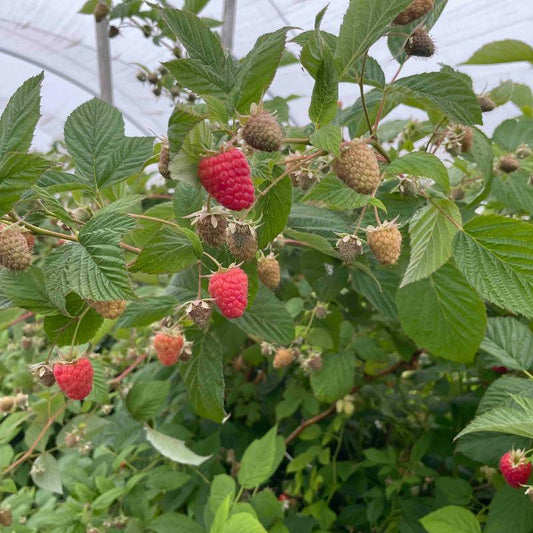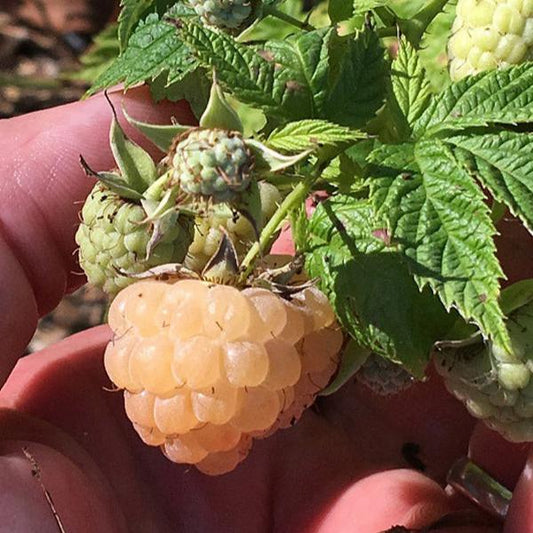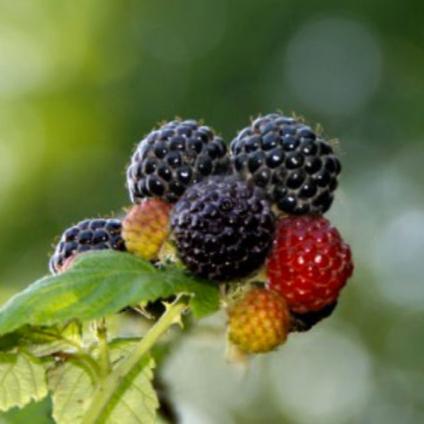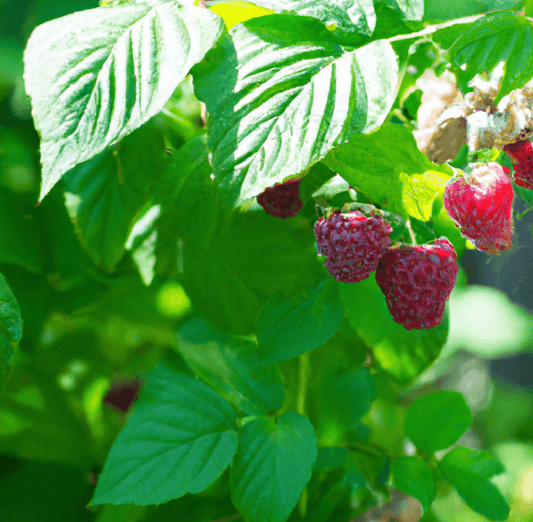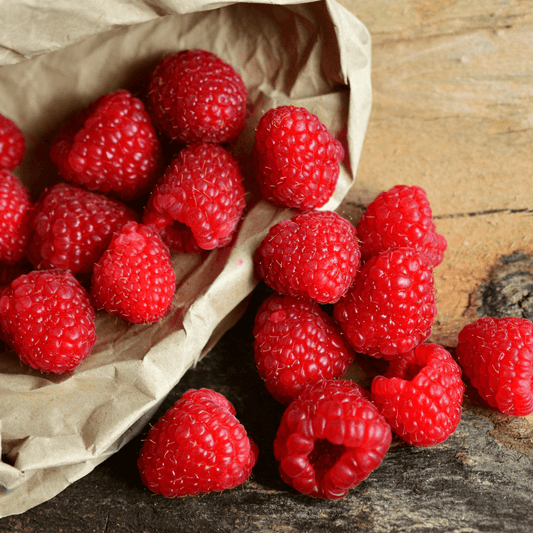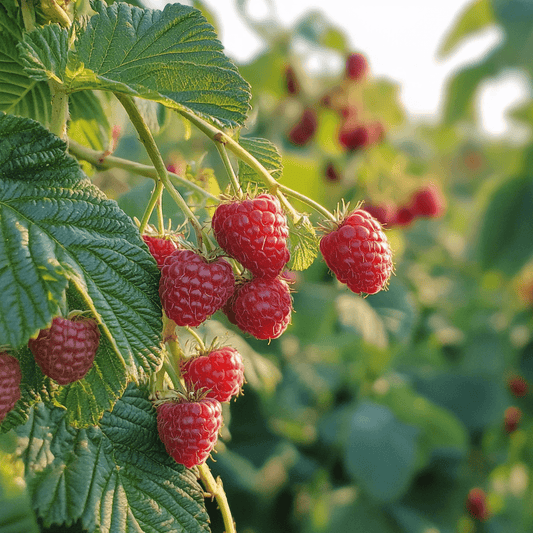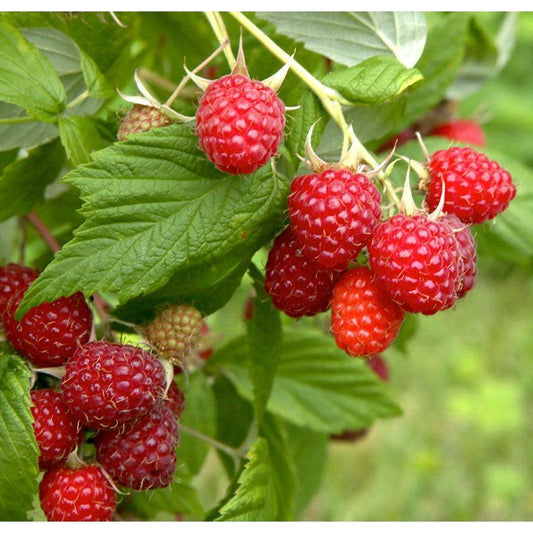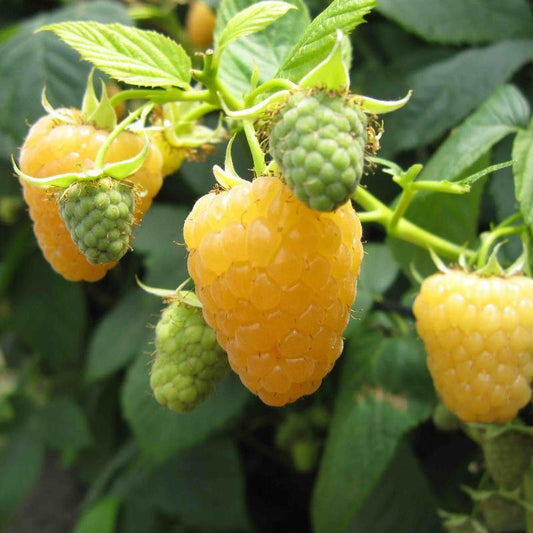Introduction
Raspberries are a delightful addition to any garden, offering sweet, juicy fruit that’s perfect for eating fresh, baking, or preserving. Growing raspberries at home can be a rewarding experience, especially when following sustainable and organic gardening practices. This guide covers everything from planting instructions to harvesting tips, ensuring success in cultivating this versatile berry.
Step-by-Step Planting Instructions
Selecting the Right Variety
Raspberry plants come in different types, including summer-bearing and everbearing (also known as fall-bearing) varieties. Summer-bearing raspberries produce one large crop in the summer, while everbearing varieties yield fruit in late summer and again in the fall. Varieties like Heritage and Caroline are everbearing, whereas Latham and Willamette are popular summer-bearing types.
Choosing a Planting Site
Raspberries thrive in full sun, requiring at least six to eight hours of direct sunlight daily. Select a site with good air circulation to reduce the risk of fungal diseases. Avoid planting in areas where tomatoes, peppers, or potatoes have grown in the past two years, as they can harbor soil-borne diseases that affect raspberries.
Planting Instructions
- Timing: Plant raspberries in early spring after the last frost or in late fall in mild climates.
- Spacing: Space red and yellow raspberries 2-3 feet apart in rows 8-12 feet apart. Black and purple raspberries require slightly more space—3-4 feet apart in rows 8-12 feet apart.
- Planting Depth: Set plants so the roots are just below the soil surface. Avoid planting too deeply, as this can lead to root rot.
- Mulching: Apply a 2-3 inch layer of organic mulch, such as straw or wood chips, to retain moisture and suppress weeds.
Soil Preparation Techniques
Testing and Amending Soil
Raspberries prefer well-drained, loamy soil with a slightly acidic pH of 5.5-6.5. Conduct a soil test to determine pH and nutrient levels. Amend soil with compost or aged manure to boost organic matter, improve fertility, and enhance drainage.
Enhancing Soil Structure
Incorporate organic matter such as compost, peat moss, or well-rotted manure into the planting bed. These additions improve soil structure, enhance nutrient availability, and promote beneficial microbial activity.
Avoiding Compacted Soil
Ensure the planting area is free from heavy compaction, which can hinder root development. Raised beds can be an excellent option for gardeners with poorly draining soil or limited space.
Watering and Fertilization Schedules
Watering Raspberries
Consistent moisture is key to healthy raspberry plants, especially during the growing and fruiting seasons.
- Frequency: Water deeply 1-2 times per week, ensuring the soil remains moist but not waterlogged.
- Techniques: Use drip irrigation or soaker hoses to deliver water directly to the root zone, reducing the risk of disease from wet foliage.
Fertilization Practices
Raspberry plants benefit from regular feeding with balanced or organic fertilizers.
- Early Spring: Apply a balanced fertilizer, such as 10-10-10, or an organic alternative like fish emulsion, before new growth begins.
- Mid-Season Boost: Supplement with compost tea or a side dressing of well-rotted manure during the fruiting period.
- Avoid Overfertilization: Excess nitrogen can lead to vigorous leaf growth at the expense of fruit production.

Pruning Methods
Pruning is essential for maintaining healthy raspberry plants and maximizing fruit production. Different types of raspberries require specific pruning techniques.
Summer-Bearing Raspberries
- After harvest, remove all canes that have produced fruit. These are known as floricanes.
- Thin the remaining canes, leaving the strongest ones spaced 6 inches apart.
- Cut back weak or diseased canes to the ground.
Everbearing Raspberries
- For a single large fall crop, mow all canes to the ground in late winter before new growth starts.
- For a summer and fall crop, prune floricanes after the summer harvest, leaving primocanes (new canes) for the fall crop.
Black and Purple Raspberries
- Tip prune primocanes in early summer when they reach 24-30 inches tall to encourage lateral branching.
- After harvest, remove floricanes at ground level.
Harvesting Tips
Harvesting raspberries at the right time ensures the best flavor and quality.
Signs of Ripeness
Ripe raspberries are fully colored, firm yet tender, and detach easily from the stem. Check your plants daily during the harvest season, as berries ripen quickly.
Harvesting Technique
Gently grasp the berry between your thumb and forefinger, pulling it slightly until it releases. Avoid tugging, as unripe berries will resist removal.
Post-Harvest Care
- Storage: Refrigerate harvested raspberries in a single layer to prevent crushing. They can last up to five days when stored properly.
- Freezing: For long-term storage, freeze berries in a single layer on a baking sheet before transferring them to airtight containers.
Organic and Sustainable Practices
Growing raspberries organically not only supports the environment but also yields healthier fruit.
- Pest Management: Introduce beneficial insects like ladybugs to control aphids. Use floating row covers to protect plants from pests.
- Disease Prevention: Space plants adequately for good air circulation and water early in the day to allow foliage to dry before nightfall.
- Weed Control: Mulch heavily to suppress weeds, or hand-pull weeds to avoid competition for nutrients and water.
Conclusion
Raspberries are a rewarding crop that can thrive in home gardens with proper care and attention. From choosing the right variety to mastering pruning techniques, each step in this guide contributes to a productive and healthy raspberry patch. By incorporating organic and sustainable practices, you can enjoy fresh, flavorful berries while supporting the environment. Whether you're a seasoned gardener or just starting, this raspberry growing guide provides the tools and knowledge needed for success.
🌿 Resource Area: Grow Raspberries the Right Way
From planting to pruning, these curated resources will help you cultivate healthy, fruitful raspberry plants while staying organic and sustainable.
- 🪴 Raspberry Growing Guide
Your all-in-one resource covering raspberry types, care instructions, and expert planting advice—ideal for both new and experienced gardeners. - 🌱 Soil Preparation and Requirements for Raspberries
Learn how to test and amend soil to create the perfect foundation for raspberry plants. - 📅 Optimal Planting Times for Raspberries
Discover the best seasons to plant and transplant raspberries based on your region and climate. - 💧 Watering and Fertilization Practices for Raspberries
Keep your raspberries thriving with targeted watering schedules and organic feeding techniques. - ✂️ Pruning Techniques for Raspberries
Detailed pruning methods for summer-bearing, everbearing, black, and purple varieties—key to maximizing harvests. -
Dormant Pruning Your Blackberries & Raspberries
Timely winter pruning advice to prep your raspberry patch for the coming season. - 🍇 Tips on Growing and Pruning Raspberries, Blackberries & Boysenberries
Best practices for maintaining mixed berry gardens with consistent yields and low pest pressure. -
Shop Raspberry Plants & Growing Supplies
Choose from a wide selection of organic raspberry varieties and pick up everything you need for a healthy harvest.



